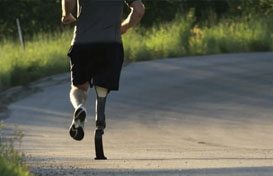Charter buses are a common way to transport participants in group activities and organizations. The buses can be a fun way to travel, and enjoy the trip as well as the ultimate destination. In general, charter buses are a safe method of transportation. However, accidents involving charter buses do occur.
When a passenger is injured in a charter bus accident, there may be several parties that could be held responsible for the injury. The charter bus company is in charge of maintaining the bus, hiring drivers, and meeting regulations. The bus driver may have been driving recklessly or may not be licensed to operate a charter bus. The bus’s equipment may have been defective. Tire blowouts are common for large buses, and a blowout can result in an accident.
In recent years, there have been a number of charter bus accidents. Victims of those accidents are entitled to compensation for their medical expenses, lost wages, pain and suffering, and more. However, accident cases involving charter buses can be complex. There are typically multiple parties involved, all of whom will most likely try to deny responsibility. Often, a detailed investigation into the accident must be performed, and a great deal of evidence gathered.
If you have been involved in a charter bus accident, you should speak with an attorney. You may be entitled to compensation. If you are in southern California, call me, Conal Doyle, Los Angeles automobile accident attorney at 310-385-0567. I have experience in helping victims of automobile collision receive large awards to help compensate them for their injuries. Call today to learn more or to schedule a free consultation on your case.











